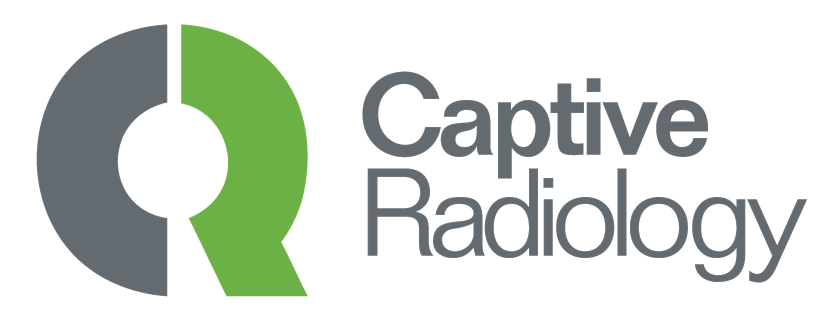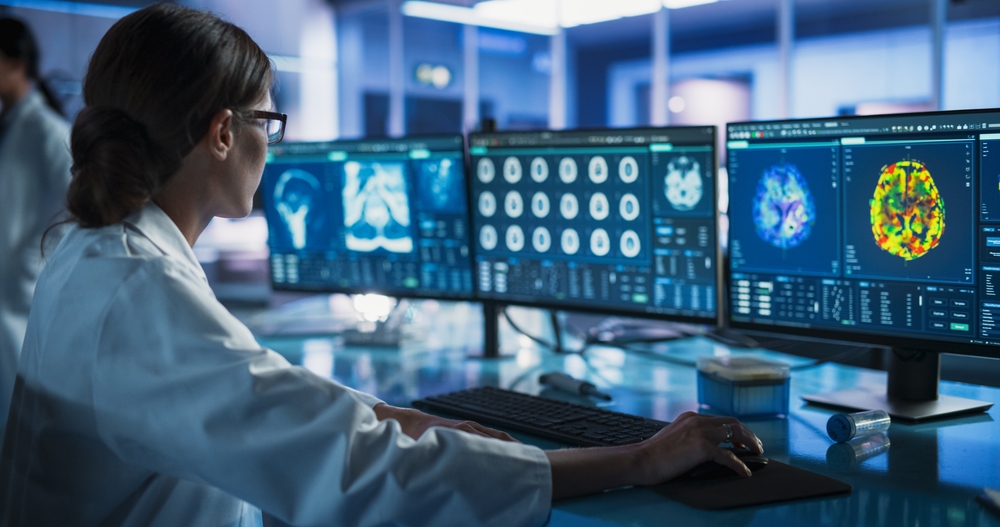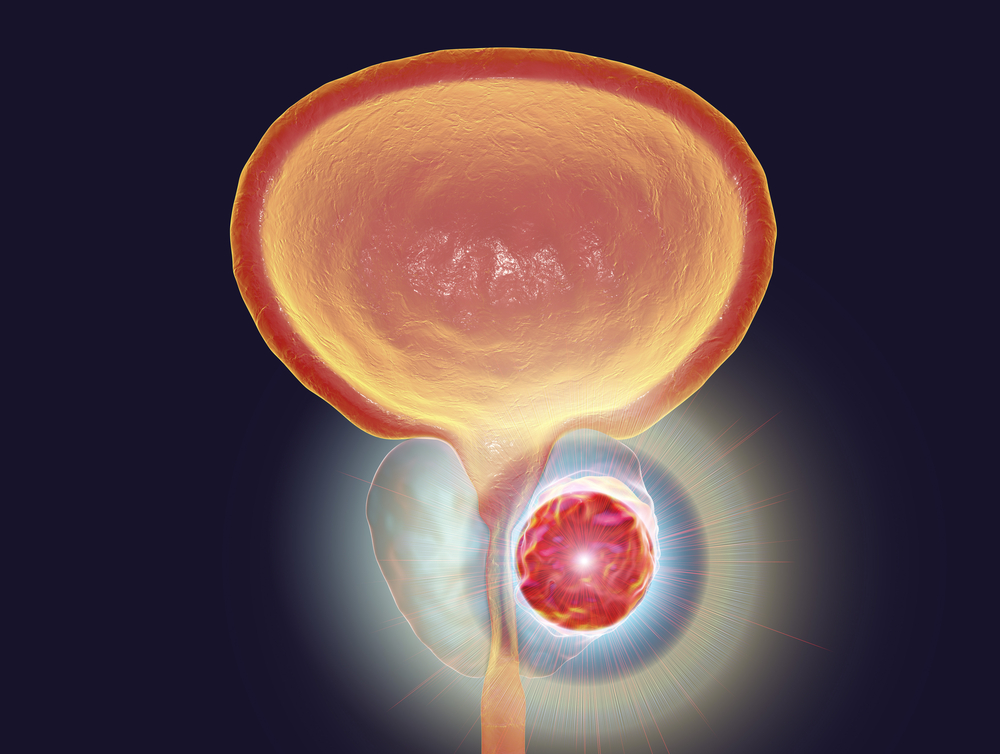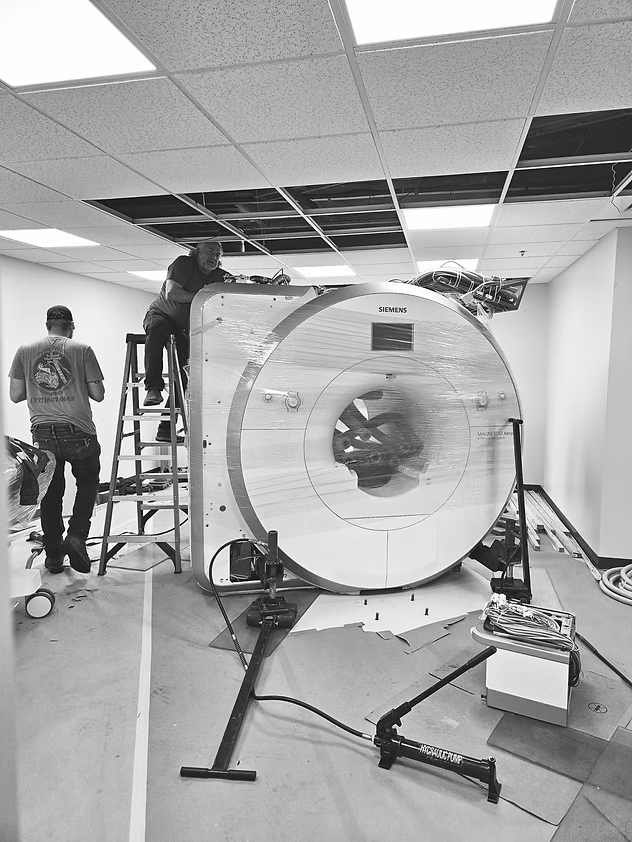In many areas of medicine, technology adoption has transformed patient care. Advanced imaging, precision diagnostics, and minimally invasive treatments have become standard tools for physicians. Yet in neurology, particularly when it comes to Alzheimer’s and dementia, adoption has lagged.
That slow pace has consequences. Patients may go undiagnosed for too long, miss opportunities for early intervention, or struggle to access new therapies. The tools exist. The science is solid. What’s missing is the widespread use of proven imaging technologies in everyday neurology practice.
Radiology’s Impact in Urology vs. Neurology
In urology, radiology has become a vital resource for diagnostics and ongoing care. Many practices use advanced imaging to detect issues early and plan treatment with greater precision. Over the past three years, Captive Radiology has helped lead that transformation, building more than 20 partnerships nationwide and performing over 9,000 PSMA PET/CT scans in 2025 alone. These results show what’s possible when imaging becomes part of routine care.
The same opportunities exist in neurology. Tools like amyloid PET scans and high-resolution brain imaging have the potential to transform Alzheimer’s care, both in diagnosis and in guiding access to emerging therapies. Yet many neurology practices haven’t integrated these tools into routine care.
This gap isn’t due to lack of interest or effort; it’s often a matter of logistics, infrastructure, or simply knowing where to start.
The Power of Amyloid Imaging: Seeing What Was Once Invisible
Amyloid PET imaging allows clinicians to visualize beta-amyloid plaques in the brain, one of the hallmarks of Alzheimer’s disease. For decades, clinicians could only make educated guesses about the underlying cause of memory loss. Now, we can actually see the buildup of amyloid plaques in the brain and confirm or rule out an Alzheimer’s diagnosis with precision. This provides a more definitive diagnosis than clinical symptoms alone and can help patients access the right therapies or clinical trials sooner.
With more disease-modifying treatments coming to market, early and accurate diagnosis is becoming more important than ever. Imaging is a key part of that process.
Diagnostics First: The Foundation of Better Care
The push for early diagnosis isn’t just about identifying disease; it’s about changing outcomes. As more disease-modifying therapies for Alzheimer’s become available, neurologists are under increasing pressure to align their diagnostic capabilities with modern treatment pathways. That means going beyond basic scans and embracing specialized radiology designed for neurodegenerative disease. But keeping up with imaging requirements, especially those involving radiopharmaceuticals and regulatory compliance, can be a challenge.
That’s where we come in.
A Partner to Help Neurology Move Forward
This is where Captive Radiology fits in, not as the hero of the story, but as a partner. Our role is to make adoption easier by helping neurology practices integrate advanced imaging without losing focus on patient care.
From amyloid PET for Alzheimer’s diagnostics to MRI and CT for brain structure evaluation, we provide tailored solutions that fit each practice’s needs. Whether mobile or in-house, our support covers project management, compliance, staffing, accreditation, and ongoing quality assurance.
The goal is simple: to remove barriers so neurologists can focus on what matters most: Delivering earlier, more accurate diagnoses and improving outcomes for patients and their families.
Now Is the Time to Adopt New Technology
With more therapies becoming available, neurology cannot afford to remain slow in embracing technology. Patients are waiting, and every year without access to advanced diagnostics is a missed opportunity for better care.
The tools are ready. The science is clear. What’s needed now is for neurology to take the next step, and for partners like Captive Radiology to help make it possible.
If your neurology clinic is preparing to lead in Alzheimer’s diagnostics, Captive Radiology is ready to lead with you. Get in touch!



